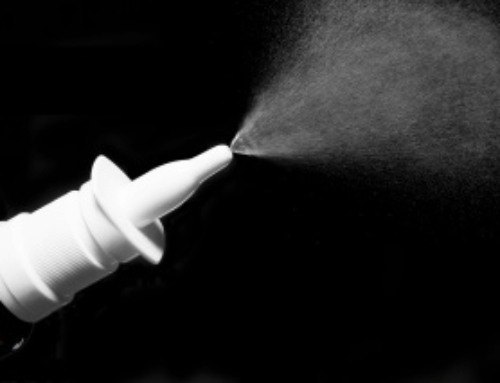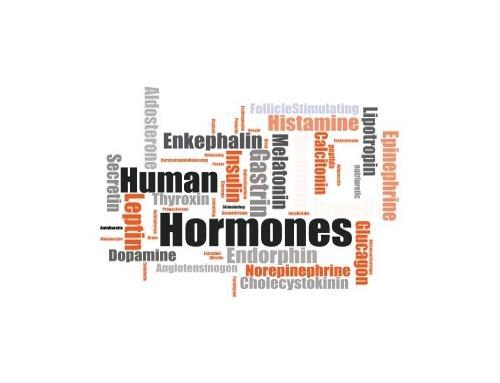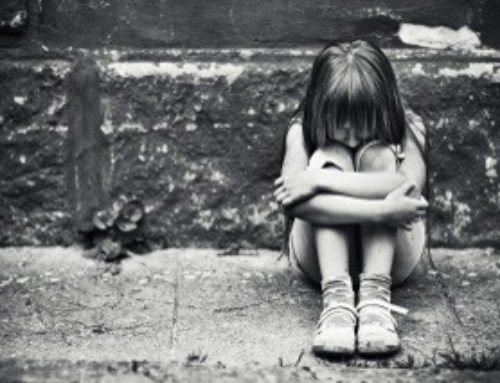 Seasonal depression, also known as seasonal affective disorder (SAD), winter blues or summer depression is a condition in which an individual experiences symptoms of clinical depression during certain times of the year. Seasonal depression is a specifier for major depressive disorder. Symptoms of major depressive disorder include depressed mood, poor sleep, lack of interests, excessive guilt, low energy, appetite changes, poor concentration, slow thinking, and suicidal thoughts. The addition of seasonal pattern requires a temporal relationship between the onset of the episodes and the particular time of the year. It also excludes cases in which there is an effect of seasonally related psychosocial stressors.
Seasonal depression, also known as seasonal affective disorder (SAD), winter blues or summer depression is a condition in which an individual experiences symptoms of clinical depression during certain times of the year. Seasonal depression is a specifier for major depressive disorder. Symptoms of major depressive disorder include depressed mood, poor sleep, lack of interests, excessive guilt, low energy, appetite changes, poor concentration, slow thinking, and suicidal thoughts. The addition of seasonal pattern requires a temporal relationship between the onset of the episodes and the particular time of the year. It also excludes cases in which there is an effect of seasonally related psychosocial stressors.
In most cases, seasonal depression begins in the fall and remits in the spring. The exact cause is unknown, however, it is believed to be triggered by a change in sunlight exposure resulting in sleep rhythm changes. Treatment may include light therapy which involves sitting in front of a “light box” for 30 minutes a day. These boxes provide 10,000 lux (measure of light intensity). Light boxes are around 100 times brighter than indoor lights. In comparison, exposure to direct sunlight may provide 100,000 lux or more. Treatment may also include antidepressant medications and cognitive behavioral therapy. Regular exercise and proper nutrition can also improve your mood and energy levels during the day.
By Jack Shier, MD
The content on this website is not intended to be a substitute for professional medical advice, diagnosis, or treatment. Always seek the advice of your physician or other qualified health provider with any questions you may have regarding a medical condition.





